menu
Menu
Chapter Three
Covert Forces behind the Scenes

The number of publications about the multi-layered backgrounds of world history has ostensibly increased over the past ninety years. They are, however, either deliberately ignored or discredited by official historians, who coined the catchword ‘conspiracy theory’ to debunk or ridicule any perspective that deviates from the version of history as presented by those who shape it. The latter also control the mass media which repeat this version over and over again until everybody believes it. And those of a different opinion have no real chance to match the world dominating ‘news agencies’ in reaching the masses. Thus, young people studying history hardly get any information about those facts that would indicate the existence of covert forces behind the scenes.
This is quite astonishing as the subject matter has never really been secret. There have always been observers who knew about the obscure ‘back stage’ forces – due to their insider knowledge or simply through common sense.
Let us first have a look at some key events of Phase One. In this early stage, the ‘organizers’ had still been forced to act quite openly because their infrastructure was not yet fully established. Actually, these events were mainly staged to further the establishment of this very infrastructure on the levels of money, technology and global control. (In this regard, the whole twentieth century has been a successive preparation, as revealed in Part II of this book.)
Nowadays the First World War and the Russian Revolution are of minor historical interest. Numerous films and documentaries have been made about the Second World War, and they mostly avoid the topic of WW I or present it as something remote and isolated. Still, it is a fact that the Second World War was a result of the First. Germany, the initiator of WW II, had been devastated after WW I. The population was decimated, living in ruins, with hundreds of thousands suffering (and dying) due to the artificially caused famine. ‘During the four years of war (1914–18) Germany had to suffer the loss of two million soldiers fallen or missing in action, as well as 750,000 civilians as victims of the food blockade. The total casualty count of all belligerent nations was about 8.5 million. The question concerning the purpose of these casualties could not be answered convincingly.’ This is admitted even by official historiography.
Furthermore, Germany was forced to accept severe ‘peace-terms’ (the treaty of Versailles, 1919) and was being starved into submission. Nevertheless, twenty years later, this nation, even the same generation, was sufficiently financed and rearmed to start a second world war (in 1939).
After WW II, Germany was again destroyed and bombed out. Hitler and his Nazi followers were dead, sentenced to death, or imprisoned. However, there was another known mass murderer: Stalin, who was responsible for the killing of even more people than Hitler. He, however, got off scot-free. He not only wasn’t prosecuted, he even got his share of the ‘cake’. The American leaders – despite the two atomic bombs, which had been politically superfluous – and the international banks that had pumped a lot of money into global armament never had to account for anything, either. On the contrary, the so-called Allies were celebrated as the triumphant victors and world saviours, although after the war Stalin and the communist Soviet Union became the ‘deadly enemy’ of the West.
What kind of game was going on? Who were the players?
These questions are legitimate because the secret forces that were pushing their cause in those days are still active today. The present world situation is simply the continuation of the course set by them in the first half of the twentieth century.
… continued in TranscEnding the Global Power Game, p. 81
© 1992 – 2025 Armin Risi
Home | Aktuell/Neu | Bücher | DVDs | Artikel | Biographie & Bibliographie | Veranstaltungen






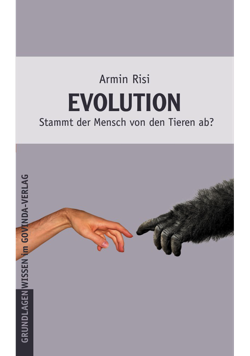


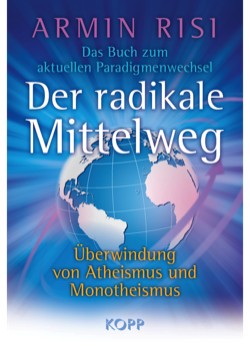
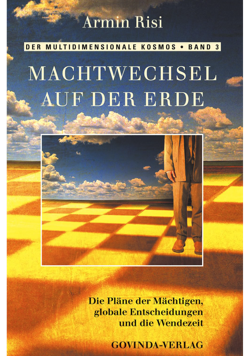
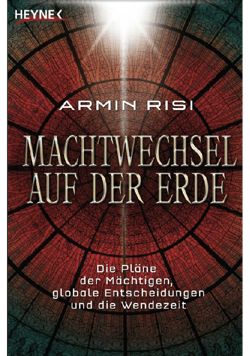


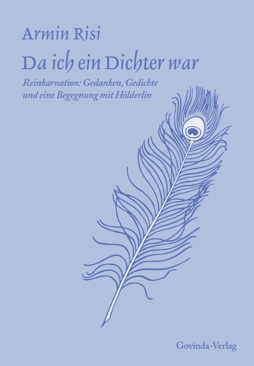

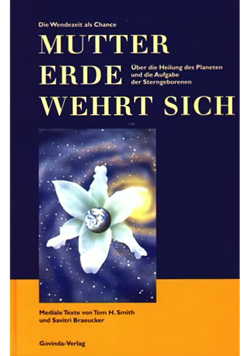

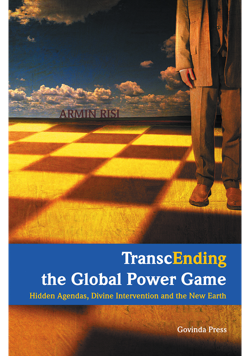
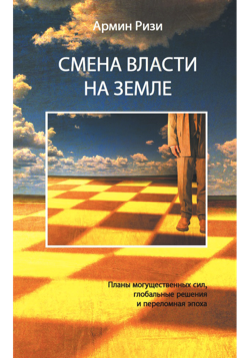
 quadratisch.jpg)